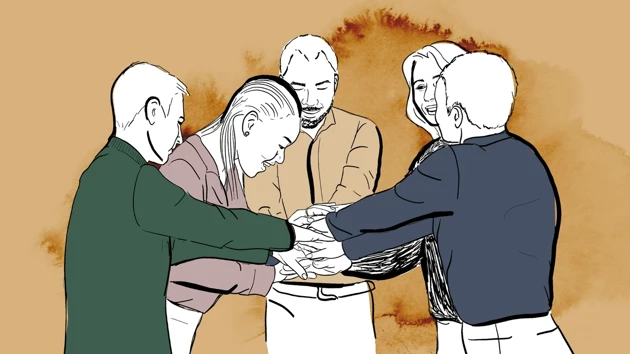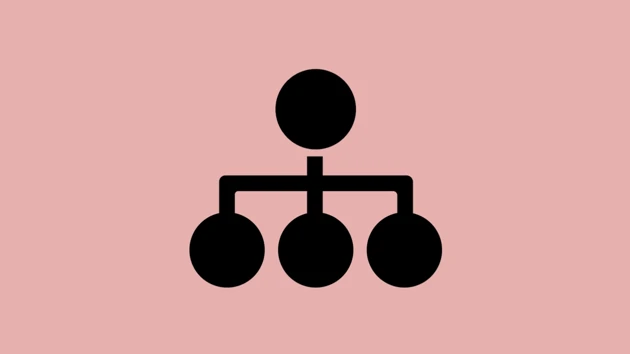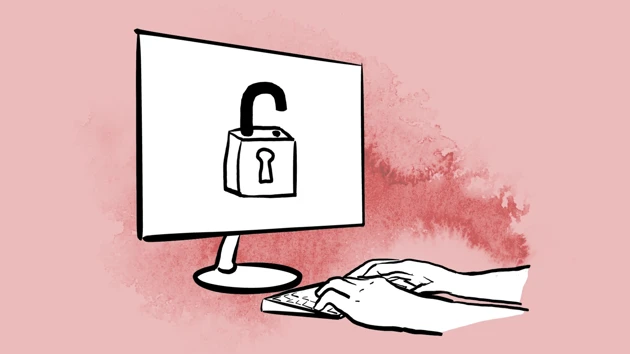Use the brochure for research collaborations
Share the brochure Research collaboration with Umeå University with your collaboration partner so they understand the legal requirements for collaborations.
Secrecy examination
You should always conduct a secrecy examination before sharing research data to assess whether there is information that is subject to secrecy or whether it is possible to disclose the information. Depending on whether your partner is a Swedish public authority, a company in Sweden or a partner located abroad, the outcome of the secrecy examination may be different and affected by different factors.
Read more about what you need to consider when collaborating with different partners

Sharing data with Swedish authorities
What to know before collaborating with other Swedish authorities.

Sharing data with companies and organisations in Sweden
What to know before collaborating with companies and organisations in Sweden.

Sharing data with collaborators in other countries
What to consider when collaborating with a partner abroad.

Research collaboration agreements
Agreements, rights to research results and certificate templates.
Contractual secrecy
Agreements and contracts, such as collaboration agreements, can include clauses that regulate confidentiality for data that are released, known as contractual secrecy.
Contractual secrecy never takes precedence over public access to information and secrecy since, in part, the duty of professional secrecy is not penalised through the Criminal Code. It can, however, be a part of the secrecy examination when the recipient is not covered by statutory duty of professional secrecy.
When it is not legally possible to transfer secrecy to the recipient, contractual secrecy combined with other measures, such as pseudonymisation, may in some situations affect the secrecy assessment. Such measures can mean that the University may conclude during a secrecy assessment that the data are shared without risk of damage or harm to the person to whom the data relate. An assessment is to always be conducted in individual cases.
There are no court rulings on transferring contractual secrecy, which means that when you share research data under contractual secrecy, there is a risk that sharing may be judged as a breach of your duty of professional secrecy if it is challenged in court. As a researcher, you need to be aware of and base your actions on this risk when choosing to share research data based on contractual secrecy.
Read more about research collaboration agreements
When personal data are included in research data
As it is common for information classified as secret to also be personal data, you may need to ensure that, before sharing, any data processing adheres to the rules on sharing research data with personal data.
Read more about sharing personal data in a collaboration
Do you have questions about research data?
The University has a cross-functional support team for research data management, which includes areas such as archiving, legal affairs, IT support, open data, and information security. You can contact the research data support team through the following form:


